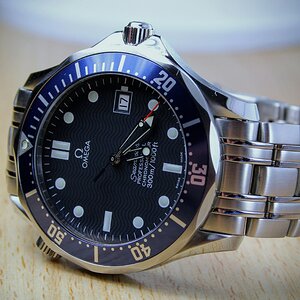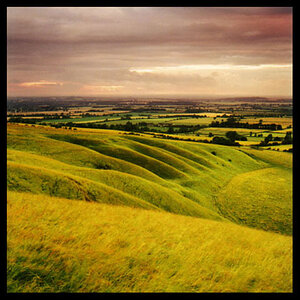amolitor
TPF Noob!
- Joined
- May 18, 2012
- Messages
- 6,320
- Reaction score
- 2,131
- Location
- Virginia
- Can others edit my Photos
- Photos OK to edit
Some other thread elsewhere reminded me of this.
I shoot film, and I shoot digital, and I work totally differently with them. I disdain chimping as much as anyone, and yet, it's an essential part of really *working* digitally. That constant feedback - I see, I shoot, I check the result as a 2D sketch, I see again, I shoot again. It's like painting, I am seeing the results of my work as I make it. It completely changes the way I work.
With film, I am vastly more slow and deliberative, and it's not entirely because I am limited to 2/10/36 exposures before I have to do some work. It's because I can't see the experiments in real time.
In fact, shooting digitally I actually have several different modes of working. I also do a non-chimping thing in a couple of different circumstances. Either I have confidence in what I am seeing, or events are unfolding too quickly. But for serious, deliberate work, where I have the time and want to find the right shot, I chimp like crazy.
How about you?
I shoot film, and I shoot digital, and I work totally differently with them. I disdain chimping as much as anyone, and yet, it's an essential part of really *working* digitally. That constant feedback - I see, I shoot, I check the result as a 2D sketch, I see again, I shoot again. It's like painting, I am seeing the results of my work as I make it. It completely changes the way I work.
With film, I am vastly more slow and deliberative, and it's not entirely because I am limited to 2/10/36 exposures before I have to do some work. It's because I can't see the experiments in real time.
In fact, shooting digitally I actually have several different modes of working. I also do a non-chimping thing in a couple of different circumstances. Either I have confidence in what I am seeing, or events are unfolding too quickly. But for serious, deliberate work, where I have the time and want to find the right shot, I chimp like crazy.
How about you?



![[No title]](/data/xfmg/thumbnail/42/42020-6dbbc2fb244014aa89adfe2ccf067af7.jpg?1619739979)
![[No title]](/data/xfmg/thumbnail/34/34077-2933006a1d00efe7d5967044e94e345e.jpg?1619736268)
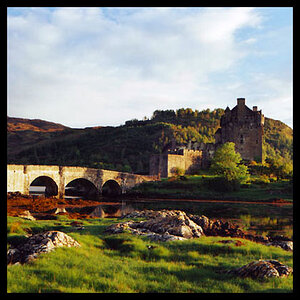
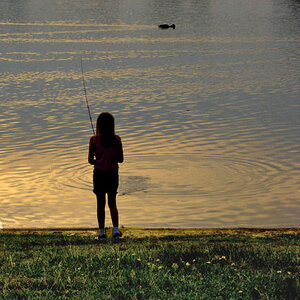
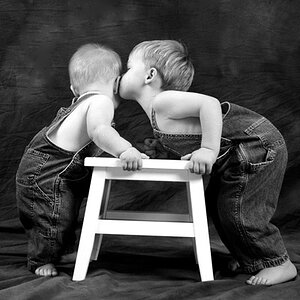

![[No title]](/data/xfmg/thumbnail/37/37628-b854997825aadb4eedaa3247baf8069f.jpg?1619738155)


